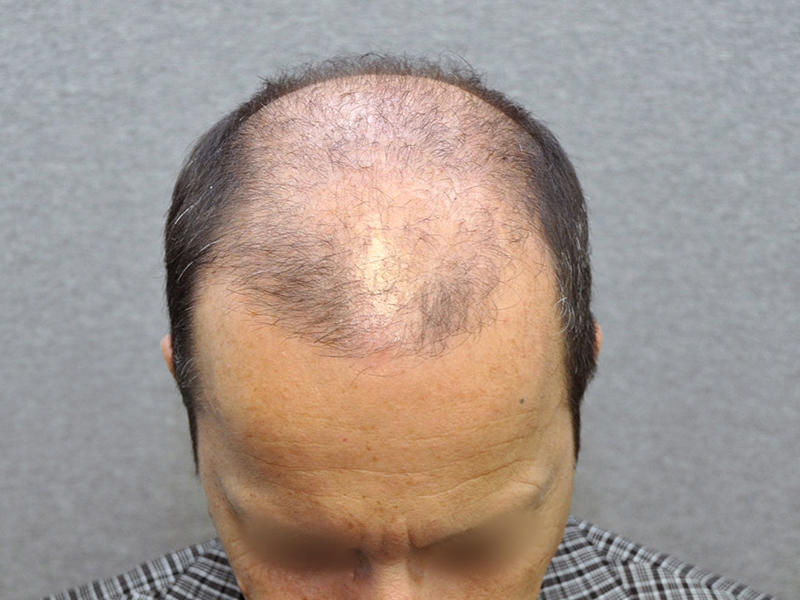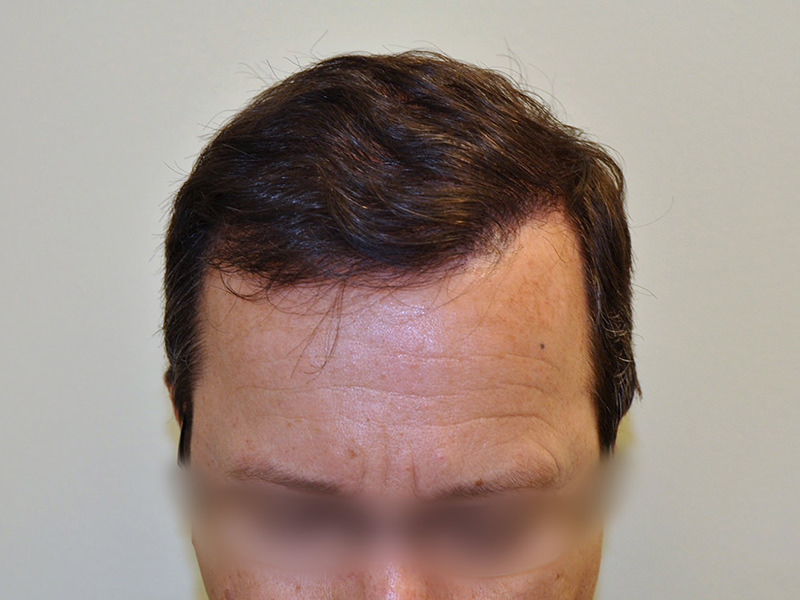
A modern, balanced approach for a new generation
By Dr. Mark Korman MD FRCSC,
Hair Restoration Surgeon
The modern age of hair transplantation began in the 1950’s. Those who developed and performed the first procedures were true innovators and ushered in a new era of hair restoration. While the groundbreaking work of the early days was remarkable and proved that permanent hair restoration was technically possible, results were sometimes discouraging with rows of large, unnatural looking “plugs” that would be unacceptable to today’s patients. The first thing that most people presenting for hair restoration tell me is that the would rather have thin hair that looks natural than a full head of hair that looks like pluggy and fake.
Fortunately, our generation is the beneficiary of not only the ingenuity of the original developers of hair transplantation but also of over 50 years of experience and refinement. I can now tell my patients that corn rows of plugs that resemble dolls hair or the tufts on a toothbrush are a thing of the past.
When planning a hair transplant, I keep three key objectives in mind: naturalness, coverage, and density.
As I’ve alluded to, naturalness is paramount. I would rather have a result that looks completely natural and unnoticeable than one that looks thick but that others can detect. In order to accomplish this, I incorporate an understanding of the natural patterns and angles of hair growth throughout the scalp. The “art” of hair transplantation is in how I mimic the natural flow and pattern of hair growth throughout the scalp. With meticulous placement of softer grafts in the front to create a totally natural hairline supported by slightly more robust grafts properly distributed further back, we can achieve spectacular results, often with a single session.
But hair restoration is not just an art – it is also a science. So in addition to relying on artistic creation of natural hairlines, crown areas and temples, I also employ state of the art stereo-microscopic graft preparation to separate the hair to be transplanted into its individual follicular units. By using ultra-refined follicular unit grafts in precisely the way that that they occur organically, and by reproducing the angles, whorls and patterns that occur in nature, we can now attain results that the surgeons of the last generation could only have dreamed of.
The goals of coverage and density are critical, but always take a back seat to naturalness. The main limit to how much hair can be transplanted in any individual is the supply of available donor hair. For instance, a patient with only a small area to be transplanted but possessing abundant, thick donor hair may be able to achieve dense coverage of the entire target area. Conversely, a person who is completely bald except for a small fringe of hair at the back and sides of the head may not have the donor reserves to densely cover the entire scalp. Depending on each patient’s individual characteristics, we may choose to cover a smaller area more densely, or a larger area more sparsely. It is here where the art of hair transplantation once again comes into play in order to achieve the optimum balance between coverage and density for each individual.
When discussing the undetectability of modern hair transplantation techniques, it is also worthwhile to mention that I am particularly proud not only of the transplanted area itself, but also of the donor closure at the back or sides of the scalp. Using an advanced facial plastic surgical technique known as “trichophytic closure”, I am able to achieve donor scars of only 1-2 mm in width and induce the surrounding hair to grow right through the scar making it virtually undetectable in most patients. Often, I have difficulty finding my patients’ donor scars when they return to see me in follow up.
Sir Isaac Newton famously remarked that “If I can see further than anyone else, it is only because I am standing on the shoulders of giants”. This is certainly true of my generation of hair transplant surgeons who are able to build on the initiative and originality of the past and offer our patients the refined results of over a half a century of progress.


